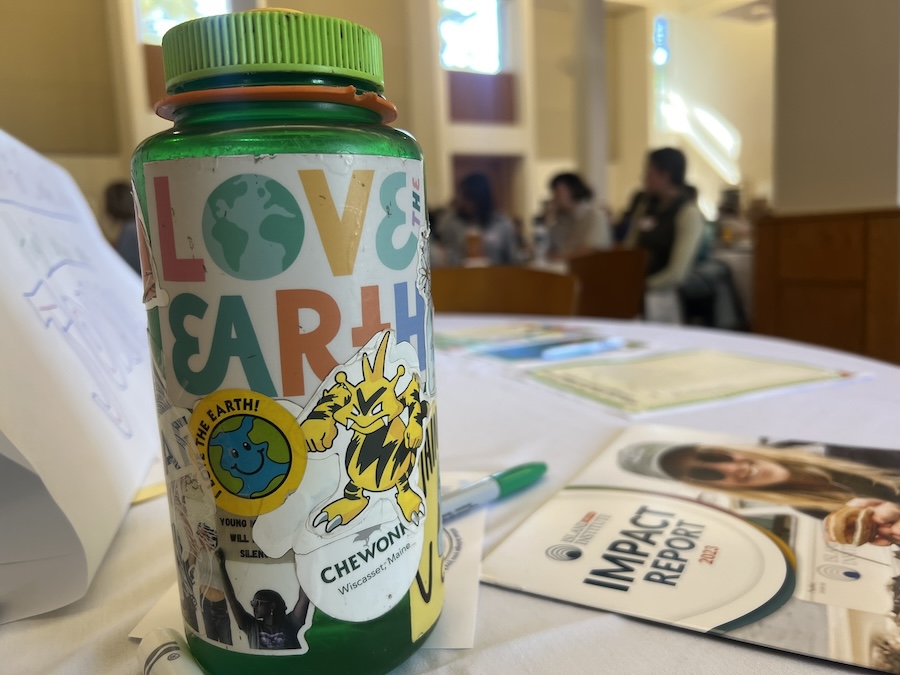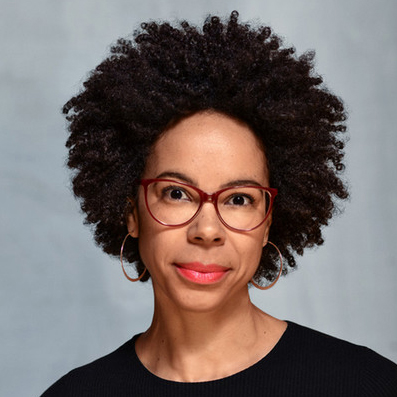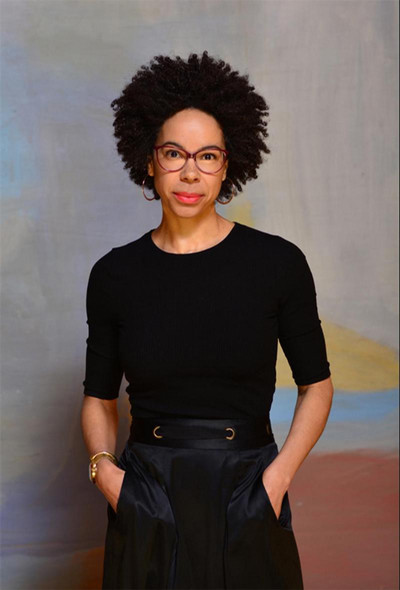What Makes the Roux Center Building So Special?
By Tom PorterThe aim is to expand this field of study with a facility that fosters a new way of teaching, learning and scholarship, leveraging the interdisciplinary pedagogy already common among the academic departments using the center.
Building on a $10-million lead gift from David and Barbara Roux, Bowdoin is setting a precedent through the realization of innovative architectural design coupled with sophisticated, forward-thinking academic planning.
The 29,167 square foot center, located at the corner of College Street and Harpswell Road, has been constructed to meet LEED Platinum standards—the highest level of certification issued by the US Green Building Council's rating system. LEED stands for Leadership in Energy and Environmental Design and the program recognizes buildings for their sustainability, energy efficiency, and environmental impact.
 The building is green from top to bottom, literally in the case of the top, where a 2,820-square-foot vegetative roof garden contributes to the center's official environmental certification, both by absorbing stormwater runoff and by serving as another layer of insulation. Additionally, the roof terrace will be used as an outdoor teaching area. Also on the roof, rainwater is collected and filtered into a 1500-gallon storage tank in the basement. That water is then used to flush the toilets.
The building is green from top to bottom, literally in the case of the top, where a 2,820-square-foot vegetative roof garden contributes to the center's official environmental certification, both by absorbing stormwater runoff and by serving as another layer of insulation. Additionally, the roof terrace will be used as an outdoor teaching area. Also on the roof, rainwater is collected and filtered into a 1500-gallon storage tank in the basement. That water is then used to flush the toilets.
The center's glass frontage led to some initial concern that birds might fly into the building. To prevent this, the architects—Cambridge Seven Associates—exceeded the design standards of the Cornell Ornithology Lab, a leading authority on the subject.
The building's wood facade is made from poplar harvested in Virginia. The wood is then thermally modified, giving it a dark tone, which over time turns a silvery grey, in the same way that naturally weathered cedar does.
 The building is divided into two sections, known as bars. Faculty offices and research labs are located in the east bar, while all of the teaching spaces, classrooms, and labs are located in the west. Between the two bars, informal common space separates offices, labs, and classrooms with glass partitions that visually connect the internal space.
The building is divided into two sections, known as bars. Faculty offices and research labs are located in the east bar, while all of the teaching spaces, classrooms, and labs are located in the west. Between the two bars, informal common space separates offices, labs, and classrooms with glass partitions that visually connect the internal space.
At the front of the building is a glassed-in auditorium space called “The Lantern,” reflecting the fact that the Roux Center is designed to welcome all, to be a space not only for teaching and research but also for performances, community forums, social gatherings, and talks.



